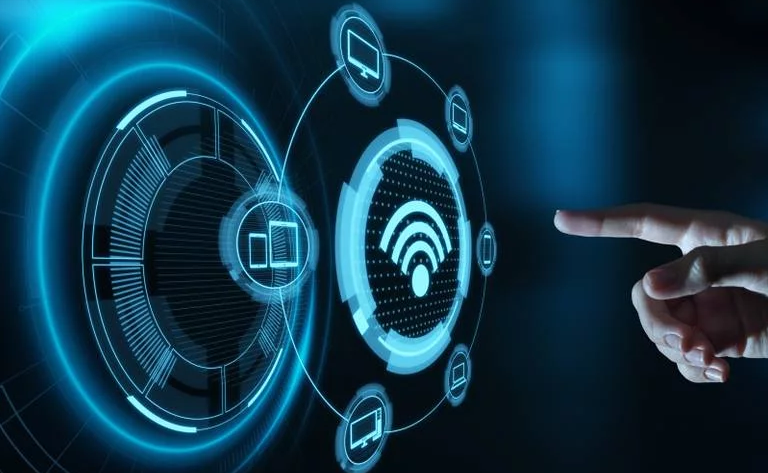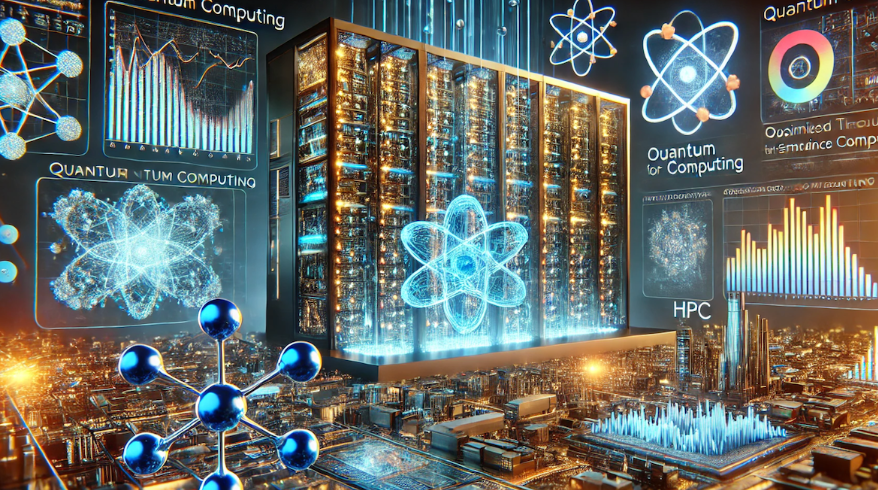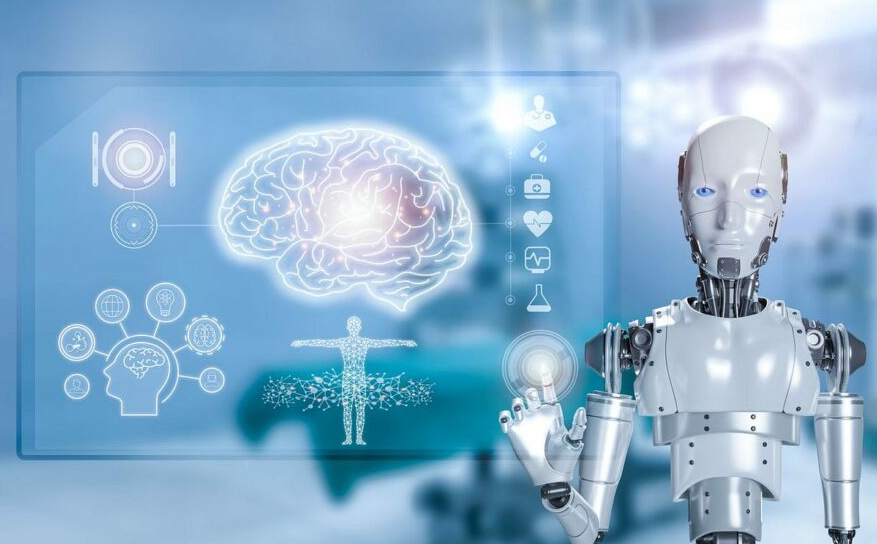Drone Data Collection

Admin
AI Research Analyst | 08 February 2025Table of Content












Imagine a robot in the sky that collects pictures; this is essentially what drone data collection is. Through this, we receive a lot of data. In short, it is a process where the drone captures videos and maps. There are certain areas where it is not possible to go, and that's where drones are helpful. In this article, we will check the complete benefits of this technology and its purpose.
Benefits of Drone Data Collection
Super Night Vision
Drone data collection is used for various purposes. For example, there is a thermal camera in new drones. This camera can be used at night as well. This means that with its help, things can be found even in the dark of night.
For example, if some people get lost in a forest, it can be used to locate them. If there are defects in buildings at night, it can also be used for that purpose. This type of drone can work 24 hours a day.
Help In Farming
In farming, we can collect drone data in many ways. For example, it can be difficult for a farmer to examine all the plants in a short time, so drone cameras are very useful. They help check where the plants are sick and which areas need more water.
With this assistance, water can be given to the plants with accuracy. Moreover, daily progress in plant growth can also be monitored with its help.
Check For Disaster
Our approach to dealing with natural disasters is being transformed by the newest drones. The latest drones can quickly produce three-dimensional maps of disaster areas. They also locate safe routes for rescue teams to reach stranded people.
Check if buildings are safe to enter after earthquakes. With drones, you can deliver emergency supplies to areas unreachable by truck and also monitor the spread of forest fires in real time.
Smart City Inspector
Drones find water leaks in underground pipes with special sensors. They check tall buildings for damage without using dangerous scaffolding; monitoring traffic patterns from above to reduce jams; inspecting bridges and roads for tiny cracks before they become dangerous; and creating detailed 3D maps of cities for better planning.
Check Environmental Factors
- Tracking of endangered animals without disturbing it.
- Counting trees and measuring forest health from above
- Identifying and stopping illicit hunting or wood logging activities
- Collecting air samples at different heights for testing pollution.
- Ocean health monitoring & tracking of marine animals
Drone Camera Collection Working Procedure
This is similar to how, to examine the weather, you send different things like balloons and satellites in the air. Before sending a drone, the weather is examined. Usually, drones are not sent in strong, heavy winds or rain. After that, the cameras and sensors, which play a main role, are checked.
Drone Fright Plan
A flight schedule is then created. The drone's flight path is described in this flight plan. Drones are directed to specific locations using smartphone apps after identifying the area. They typically fly up to 400 feet.
These apps guide you on how many images you should take based on your drone's speed. If the drone's speed is low, the pictures are captured more nicely.
Flying & Collecting Data
When a drone lands, thousands of image's data is fed during that time. With this data, even modern drones have sensors that help determine how far the captured image is from the drone.
Additionally, modern drones feature GPS, which records the location from where the picture is captured, providing an idea of which location the image is from. Now, air quality can even be checked as well.
Turn Pictures Into Useful Information
The drone's computer assembled pictures into 3D models resembling video game worlds. It creates special maps that display plant health, count objects like trees and cars, measure building heights, and track changes in an area over time.
Check Drone Data Collection Information
After this, the data is discovered, which is found out with the help of drones. In this, you can also see a 3D view of each image. Even the computer application makes the images colorful, making them easier to view and giving an idea about temperature and height. You can also share this drone data collection.
What You Can Do With Drones
The drones of today get more astonishing every year. They can fly by themselves, with nobody on the controller, like a self-driving car. They recognize objects and can avoid them, much like birds avoiding trees. Some can team up together to work in groups or teams of helpers.
If something goes wrong, they know how to land safely by themselves. Newer drones can transmit pictures directly to your phone while flying; some can use solar panels for longer flights. They can even work at night with unique cameras that allow night vision, much like top gadgets.
Pros & Cons Of Drone Data Collection
Pros Of Drone Data Collection
Learn From Experience
Do you know how AI works? AI learns from experiences. New drones work the same way as AI. It means they can change their route without human instructions if a path is unsafe for them. They operate on safe and secure paths, learning from past experiences.
Work Like a Team
Today's new model drones work like a team. For example, if one drone's battery is low, another drone automatically detects this and takes over its position. In this way, a large area can be covered without wasting time.
Long Battery Timing
The new drones have longer battery life. Additionally, solar backup options are available. If the battery does get low, it can be connected to solar power.
Cons Of Drone Data Collection
Signal Blocking
Newer constructions and urban locales are populated with materials that block out drone signals. Sometimes, a drone might get confused while flying between tall buildings, like a cell phone losing its signal in a tunnel.
Bird Problems
Birds are getting more aggressive toward drones as they see more of them. Eagles and hawks sometimes attack drones, believing they compete for sky territory.
Too Much Information
The new drones collect information in fine detail that the usual computers cannot process any further. Picture trying to watch too many videos at once—the computer gets tired & slows down.
Privacy Concerns in Drone Data Collection
Today, drones collect sensitive information such as images, videos, GPS locations, and sensor data. It is crucial to use strong encryption when transferring and storing this data to keep it safe from unauthorized access.
Personal Privacy
Modern drone cameras and sensor equipment possess advanced features to record detailed personal information without getting consent from monitored subjects. The technology allows observation of human features, vehicle registration tags, house information, and body expression analysis. Organizations require specific data minimization policies that mandate removing sensitive information from storage systems before the data storage process starts.
Regulatory Compliance
Drone operators must follow privacy rules from the GDPR and state laws. These rules are part of the current drone laws. Companies must store precise data processing logs while holding proper licenses and explain their data-gathering procedures to the public.
Commercial Considerations
Organizations using drones need to find adequate solutions to fulfill their data collection objectives while respecting privacy requirements. Industrial drone operators must combine design thinking for privacy with data assessment methods and explicit data storage and removal rules. The organization needs continuous training of all staff members regarding best practices for privacy protection mechanisms.
Emerging Concerns
AI drones create new privacy concerns by performing automated data examinations and pattern recognition operations. Organizations must resolve the problems of biased algorithms, automatic decisions, and the risk of constant monitoring. They need to develop complete guidelines for AI operations and processing data regulations.
Conclusion
Drone Data Collection is what we use in different applications. It has many advantages if you use it properly, like first checking the weather, then flying the drone. New model drones are much more effective than old ones.
It is factual that drone data collection has upgraded many industries with fast and detailed insights from the skies and helped with farming, disaster response, and environmental monitoring.
Large benefits mean great challenges related to security and regulations. With responsible use, drones have the potential to shape a smarter, more efficient future.


